The Ancient Woodland Inventory Update Project, led by GiGL’s Officer Frankie at the time and running from 2021 to early 2024, aimed to review, identify and update the mapped ancient woodlands in London. Five diligent volunteers played a vital role in the inventory update, using historical maps, aerial photos and vast documentation to gather evidence and records of these irreplaceable habitats. Their efforts helped Frankie to ensure that previously unrecorded woodlands are now being considered for designation, and consequentially, protection. Read more about these volunteers in a previous GiGLer here.
Stephen, one of the project’s dedicated volunteers, contributed extensively by reviewing the London Ecology Unit Handbooks. His detailed investigation, covering biodiversity and historical contexts in many boroughs has been instrumental to the project. Stephen’s work has also helped enrich our understanding of London’s heritage and has provided some fantastic stories along the way. Here, we present the findings Stephen shared with us for this article, which went alongside the ancient woodland evidence he found in the Handbooks.
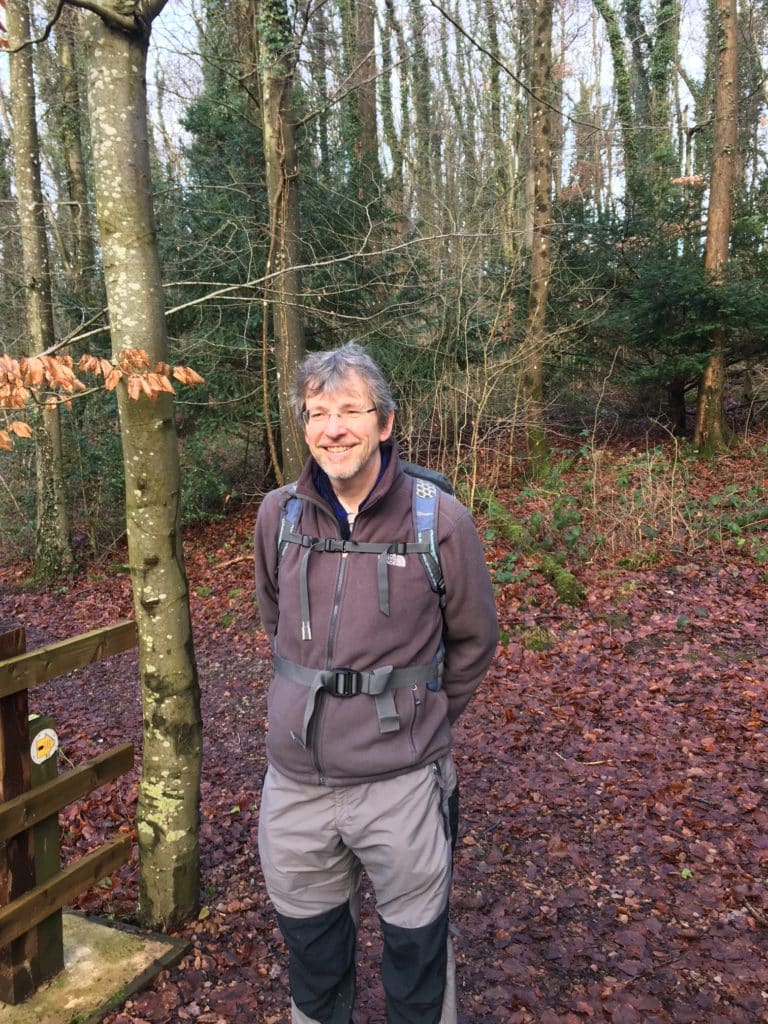
Glimpses into London’s Past
The London Ecology Unit (LEU) was active from the mid-1980’s to early 2000 and consisted of ecological experts from across London. The Unit advised planners, developers and local people on how to protect wildlife areas and create new habitats. They also carried out extensive surveys of London’s habitat around this time, which we hold the resulting data of (more info here: habitats database).
The LEU created handbooks which provided a description of the biodiversity evident at that time in most boroughs. Though primarily focused on ecology, they also provide local historical vignettes, which may be a source of pride, or horror, to modern-day readers. Several themes weave through these accounts, providing us with a snapshot of life in bygone eras…
Dangerous times to travel
The River Thames, and the ability to cross it, was a major reason for the development and growth of London, through Roman times to Medieval England and later. As the city flourished, so did the dangers for those traveling its roads. From the seventeenth to the nineteenth century, highwaymen plagued the main thoroughfares of London, preying on vulnerable travellers.
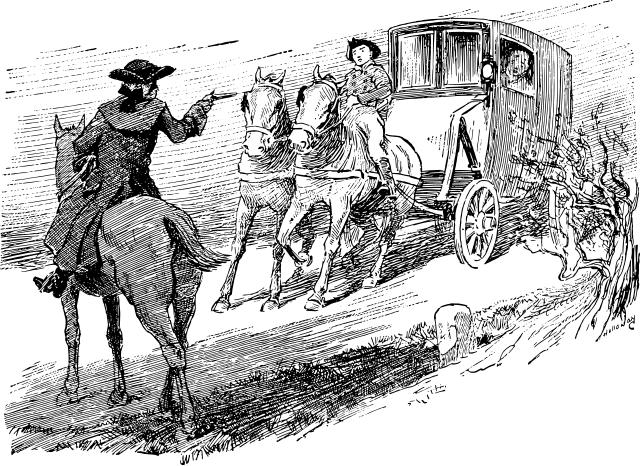
Hounslow Heath, as described in Hounslow’s LEU Handbook (no.15), was particularly notorious. At the time Hounslow Heath was a huge area, extending west and south from its current extent to include most of what is now Twickenham. It had to be crossed to reach London from the west, with the frightening prospect of coming across highwaymen – and women!
Moll Cutpurse achieved fame and notoriety for her illicit activities which she carried out dressed as a man and regularly smoking a pipe. Her robberies on the Heath included that of General Fairfax who was supposedly relieved of 250 gold coins. Even Sir Joseph Banks, the renowned botanist, was mistaken for a highwayman while collecting specimens there. He was only released when brought before the local magistrate who recognised him as his neighbour.
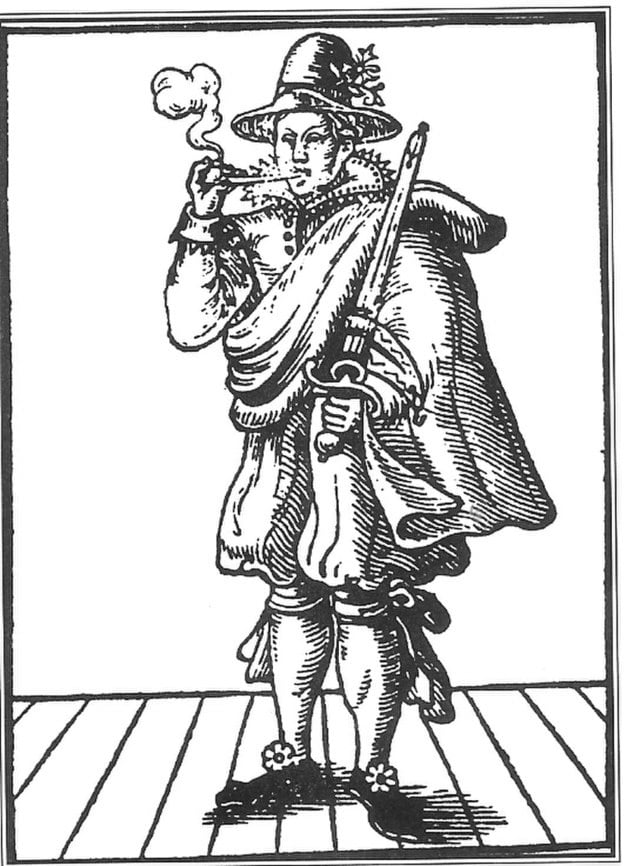
Other areas also faced such threats. Finchley Common, according to the Barnet LEU Handbook (no. 28), imbued terror in many Lords traveling from Scotland or North England. They would often travel by sea to avoid the infamous Great North Road which passed through the Common, in fear of being ambushed by notorious figures like Dick Turpin. The stump of the affectionately-named ‘Turpin’s Oak’ (reputedly containing a number of pistol balls), survived until 1952 on the corner of Oak Lane in East Finchley.
Blackheath, described in Lewisham’s LEU Handbook (no. 30), was equally hazardous, with its thick gorse providing the perfect cover for robbers. A 1735 newspaper reported that Blackheath had been so overrun by two highwaymen – thought to be Rowden and Turpin – that ‘tis dangerous for travellers to pass’.
Old-Time Pleasures
In today’s digital age, it’s often hard to imagine how Londoners filled their spare time centuries ago. Yet, the LEU Handbooks provide windows into other worlds, providing some answers to the simple, yet often rambunctious, pleasures people once enjoyed. For instance, Greenwich’s LEU Handbook (no. 10) reveals how residents slid down the steep slopes of Observatory Hill and One Tree Hill during fairs, an activity known as “tumbling”. While this might sound innocent, it attracted crowds of over 100,000 people by the 1820s that included pickpockets and other unsavoury characters. This, and the many sustained injuries, eventually led to the fair’s closure in 1857.
Meanwhile, the aptly named Vauxhall Pleasure Gardens, highlighted in Lambeth’s LEU Handbook (no. 26), provided Londoners with a mix of elegance and spectacle. Over its 150-year history, the gardens offered everything from leisurely walks in one’s finery to awe-inspiring stunts like a hot-air balloon ascent by Garnerin, who reportedly released a cat over the side, which floated under a parachute safely to the ground. This mix of the refined and the bizarre marked Vauxhall as one of London’s most famed pleasure grounds, the atmosphere of which can still be imagined in the now small park behind Vauxhall mainline station.
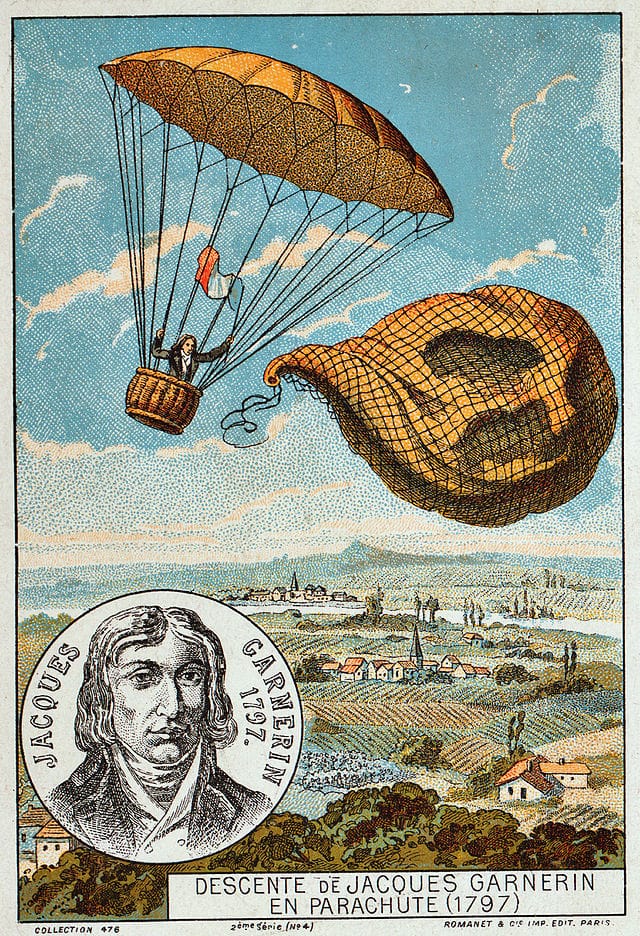
The Brent Handbook (no.31) recounts another leisure hotspot—the Brent Reservoir. Originally constructed in 1835, it soon became a popular retreat for Londoners who flocked there for picnics, fishing, and ice-skating in the winter. The adjacent Welsh Harp Tavern hosted races and competitions, drawing crowds from across the city before the reservoir transformed into a wildlife haven. The name Welsh Harp is still used by many people to refer to the Brent Reservoir.
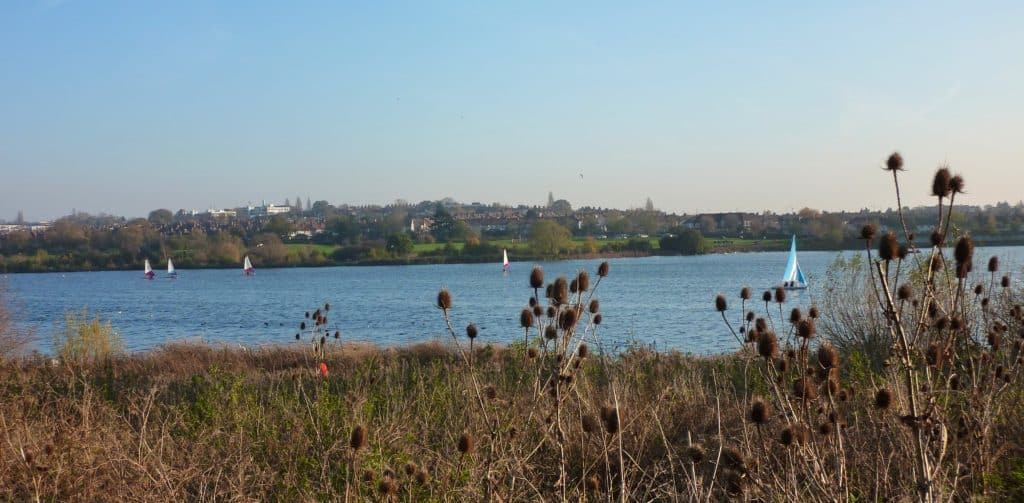
Amazing Stories from the Handbooks
The authors of the LEU handbooks could not resist describing some of the surprising incidents that make up the history of the London boroughs. One such tale from Handbook no. 31 for Brent describes the curious case of the Tichborne claimant. In 1854, Sir Roger Tichborne, heir to a fortune, was presumed lost at sea when a mysterious man came to stake his claim as the missing Sir Roger. Despite numerous discrepancies, the claimant’s weight difference, lack of tattoos and inability to speak French (a language Sir Roger was fluent in), the case captivated the public, resulting in Britain’s longest trial and eventual conviction for perjury. The man was in fact Arthur Orton, of Wagga Wagga in New South Wales, now known as The Tichborne Claimant and buried in Paddington Cemetery.
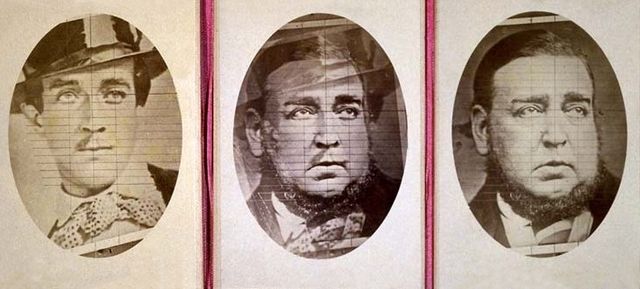
The London habitat can move and inspire the residents. One such instance is described in the Southwark Handbook (no.12) in the entry for Peckham Rye Park and Common. The original Peckham Rye became a common for the local population, their rights of common being strong enough to prevent the temporary siting of Wombwell’s Wild Beast Show in 1864. In 1765, eight-year-old William Blake, later a famous poet and artist, claimed to have had a vision in Peckham Rye Park. He described seeing an oak tree filled with angels, their wings “bespangling every bough like stars.”
This poetic vision is just one of the many enchanting anecdotes hidden within the handbooks. They are more than just ecological guides, they offer a window into London’s rich and often surprising past. GiGL hold many of these handbooks in our storage and hope to one day run a digitising project to allow for public viewing. For now, there are a couple available online which have been scanned by borough officers – Nature Conservation in Newham and Nature Conservation in Kingston upon Thames. Get in touch if you would like to find out more and view the full list below:
1. Ecology and Nature Conservation in London
2. A Guide to Habitat Creation
3. Nature Conservation Guidelines for London
4. Woodland, Wasteland, the Tidal Thames and Two London Boroughs
5. Nature Conservation in Brent (1st ed.)
7. Nature Conservation in Hillingdon
8. London’s Meadows and Pastures
9. Nature Conservation in Croydon
10. Nature Conservation in Greenwich
11. Nature Conservation in Waltham Forest
12. Nature Conservation in Southwark
13. Nature Conservation in Harrow
14. Nature Areas for City People
15. Nature Conservation in Hounslow
16. Nature Conservation in Ealing
17. Nature Conservation in Newham
18. Nature Conservation in Kingston upon Thames
19. Nature Conservation in Islington
20. Nature Conservation in Barking and Dagenham
21. Nature Conservation in Richmond upon Thames
22. Nature Conservation in Sutton
23. Nature Conservation in Community Forest
24. Nature Conservation in Camden
25. Nature Conservation in Hammersmith & Fulham
26. Nature Conservation in Lambeth
27. Nature Conservation in Tower Hamlets
28. Nature Conservation in Barnet
29. Nature Conservation in Merton
30. Nature Conservation in Lewisham
31. Nature Conservation in Brent (2nd ed.)
